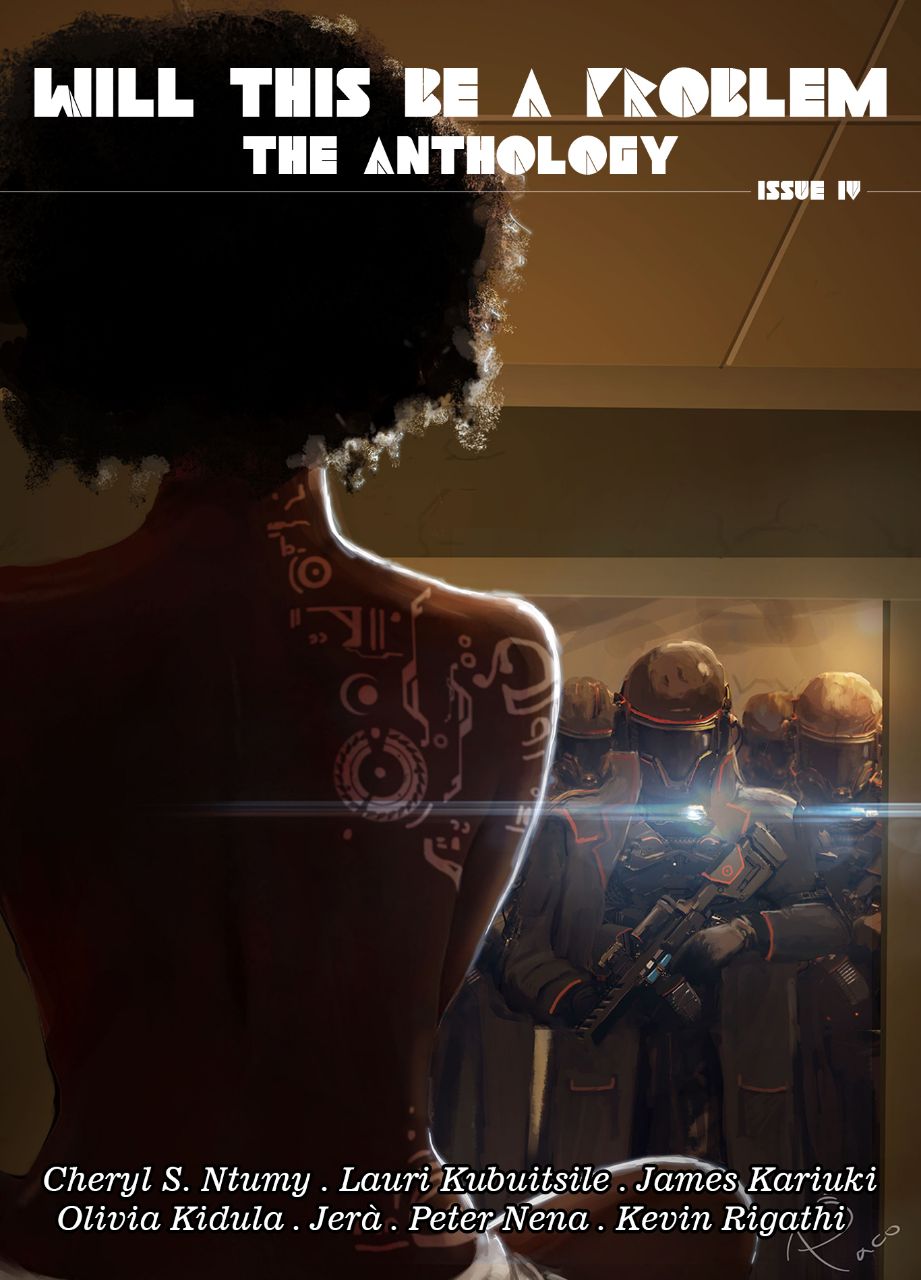The Human Problem
The Kenyan Experiment
Will This Be A Problem launches a podcast. “The Kenyan Experiment.” The first of a family of podcasts.
Will This Be A Problem Anthology 4: Announcement
Will This Be A Problem is proud to announce that issue 4 of the Will This Be A Problem Anthology will be released in April 2020. Eight new stories from writers across the African continent. There will be singular dystopian worlds, chilling horror landscapes, sprawling urban fantasy and mind bending science fiction concepts. We’ve put … Read more
Antholgy Call Out 2019
The Will This Be A Problem Anthology is back this year and we are looking for works of speculative fiction, science fiction, fantasy and horror by authors from the African continent. While we tend to gravitate toward the weirder and darker side of things, our aesthetic is always in flux. We value risks, surprises, rude … Read more
Speculative Fiction: The Final List
It’s about that time of the year where we here at Will This Be A Problem present our annual anthology. This year, we tried something a little different from the usual. For the 2016 anthology, we opted to incorporate an open call for submissions. The theme was Speculative Fiction and we received stories from across … Read more
Speculative Fiction Call Out
This time, we’re doing something a little different for the Will This Be A Problem Anthology. A public call out. The theme this year is Speculative Fiction set in African countries and we will be accepting short stories from any African citizen. Here are the submission guidelines. Your story can be Horror, Fantasy, Science Fiction, … Read more





